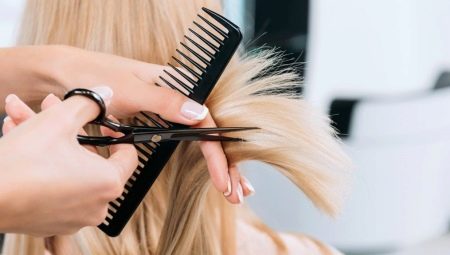Every professional or novice hairdresser must have in his arsenal gadgets and devices for forming complex haircuts and styling curls. Let's consider in the article which hairdressing tools and accessories the beginner needs and what moments you need to pay attention to when choosing them.
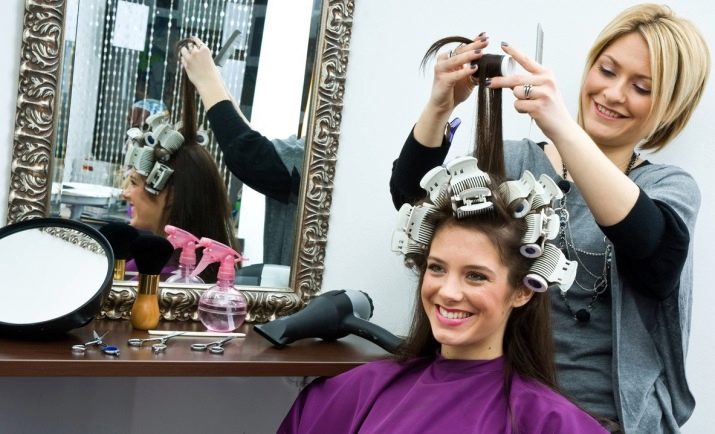
Minimum set
Below is the minimum list of accessories vital to the work of any hairdresser.
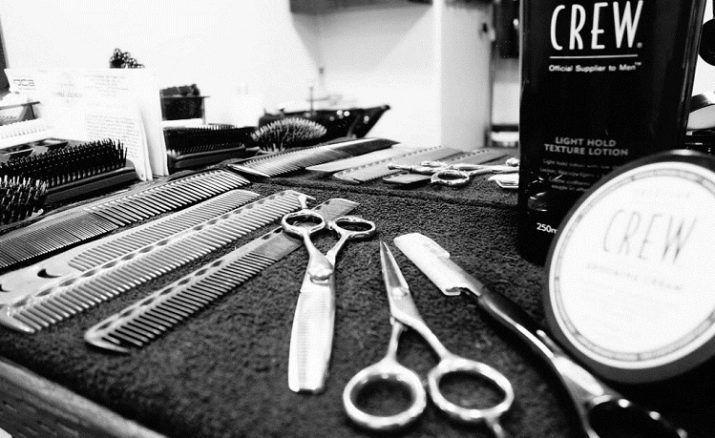
Combs
Depending on the purpose, combs are round, square, wide, with sparse or frequent teeth. Regarding the material of manufacture, they can be wooden, metal, polymer or combined.
Experts identify only 3 varieties of combs, where each is necessary to perform certain manipulations with the hair.
- A comb with a thin handle and frequent teeth (another name is “tail”). It is this variety that is usually considered working. Such a device ideally separates curls and can be used for fleece. These models are usually created from metal or polymers, and if the latter can be wielded in any haircut, then metal ones should be discarded during the perm procedure.
- Options for shading. It is a combined tool, where rare teeth are located on one end, and frequent on the other. Usually this is a fairly long comb (up to 26 cm) with a narrow eyelet and canvas. These tools are actively used when combing, dulling and combing curls.
- Combs with elongated but sparse teeth. Used in the formation of lush hairstyles, when processing long strands and problem hair. And can also be used when combing curls after a perm.

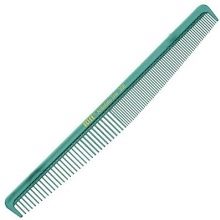
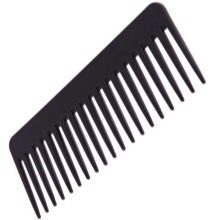
Brushes
The hairdresser needs these devices for combing, styling curls, as well as for massaging the epidermis of the head, but they are rarely used in the haircut itself. Regardless of the tasks performed can be made made of wood or polymers. The teeth here can be made of metal or plastic with a length of 1 to 2 cm. Regarding the shape, the working surface of all brushes can be straight or oval. The straight line is used to raise the roots of the hair, but the oval is necessary for twisting the ends of the curls.
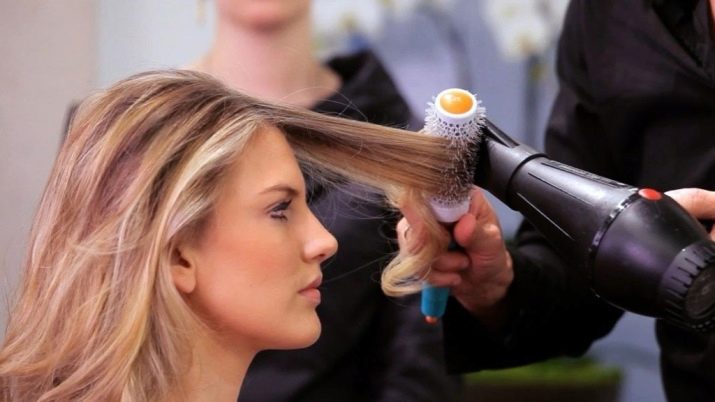
It is customary to divide all brushes into 3 separate types.
- Brushing represents a round brush, which is usually used when styling curls, to give them a natural volume and easily curl the ends of the hair. It is most effective to use brushing in conjunction with a powerful hairdryer.
- Skeletal brush - a flat and slightly curved tool with characteristic semicircular cuts. It is also used when laying strands using a hair dryer and gives a noticeable volume effect to the hair roots. The effectiveness of the brush is ensured precisely due to the slots - they do not interfere with the free exit of air flows from the hairdryer. The teeth in such combs are mostly plastic with characteristic round covers at the ends.
- Massage brushes are semicircular models, the main function of which is to give curls a natural volume and splendor. Experts advise buying massage options with metal teeth (easy to disinfect) or natural bristle teeth.
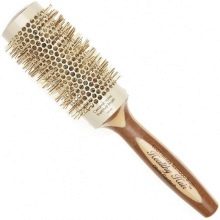
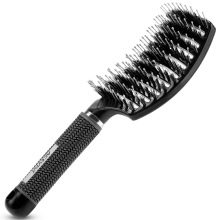
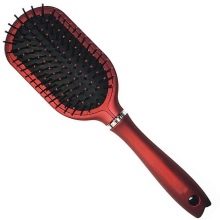
Scissors
Perhaps, scissors can be called the main tool in the obligatory list of hairdresser's accessories. All scissors are divided into straight or thinning, however, Regardless of the type, the scissors should be sharp and well sharpened, but without sharp ends.
- Straight scissor models perform the bulk of the work during any haircut - they remove the hairline and adjust the length. Such devices are necessarily created from high-quality, durable steel and are used in the processing of hair both on the head and on the face of a man.
- Thinning (they are also called jagged) scissors are necessary for thinning or thinning hair. This procedure is usually carried out on thick curls and is needed to form a natural volume through the creation of strands of various lengths.
There are both one-sided and two-sided devices for thinning - the latter are considered more effective and practical.
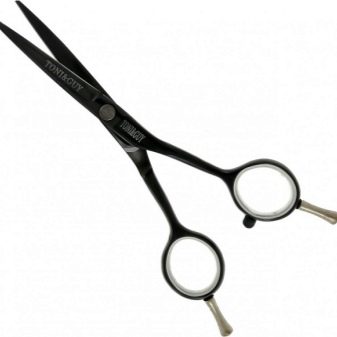
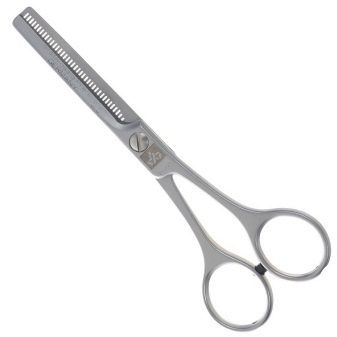
Hair dryer
In any cutting technique, a hair dryer is necessary for drying hair and creating a natural volume at the roots. Typically, hairdressers use manual versions of hair dryers of the type "gun". High-quality modern hair dryers are usually equipped Several speeds and modes of operation, have a body that is resistant to damage and a mode of supplying a stream of cool air to fix the hairstyle.
When drying the strands with a hairdryer, it is worth avoiding too hot air flows - at high temperature, the hair structure may be damaged, which will lead to a loss of their smoothness and elasticity.
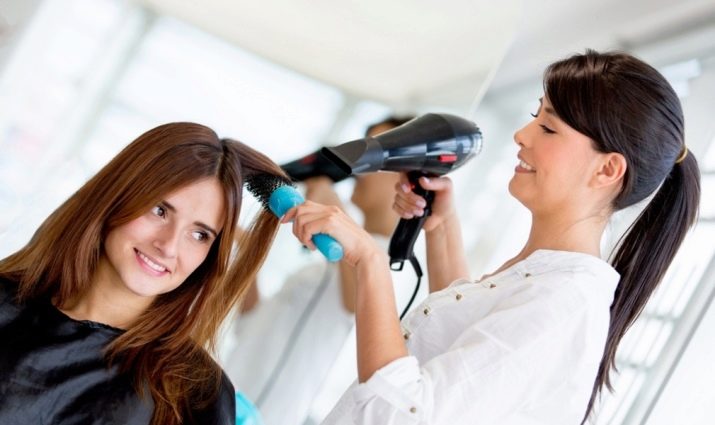
Curling irons
Curling irons are an indispensable tool for creating voluminous and lush curly curls. All professional models of such devices are divided into 3 key groups:
- curling irons;
- hair dryers with nozzles;
- irons for curls (or tongs).
The most popular today are curling irons. These designs are made in the form of a hollow metal rod, inside of which there is a heating element. To fix the curls, a special clip is installed outside.
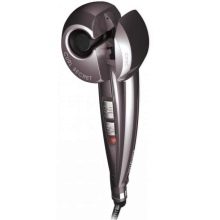
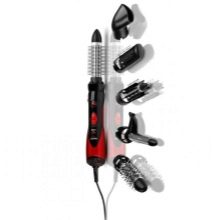
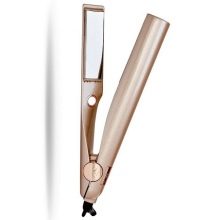
Unfortunately, the frequent use of even modern plaques can cause irreversible damage to your hair. To reduce the negative impact of these tools on the structure of curls, experts advise treat strands in advance with special lotions or mousses.
And also it is not recommended to use curling irons for 3-4 days after the perm.
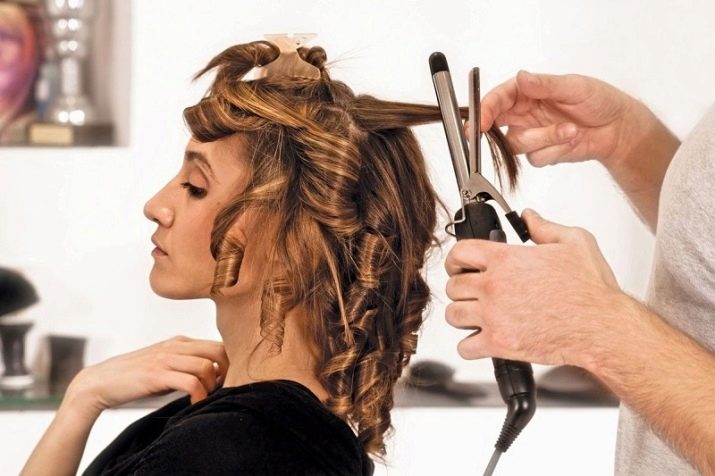
Hair curlers
These devices are traditional for creating curls in the home arsenal of any fashionista. Unlike modern pads curlers allow you to style your hair with minimal damage to the hair itself.
All curlers can be classified by length, diameter and material of manufacture.
The most popular models today are “hedgehogs”, the surface of which is covered with special Velcro that securely fixes the hair.
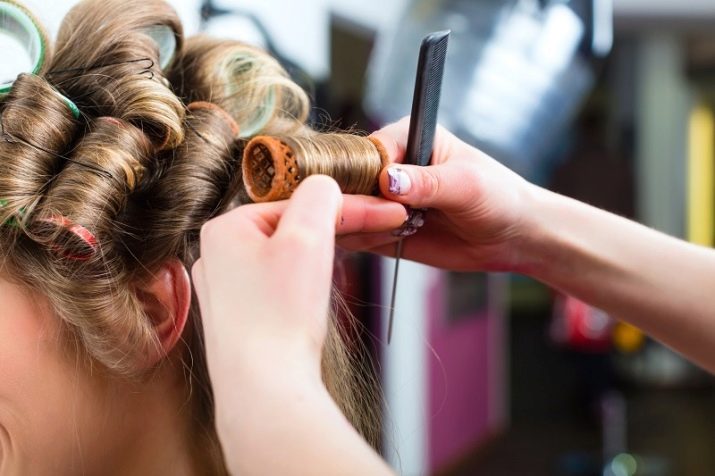
Depending on the design, such devices can be divided into only 3 types.
- Type 1 curlers made as a hollow cylinder with numerous cuts that must allow air flows during drying of the curls. In this type there are also special clamping bars and elastic bands. The strap is attached with an elastic along the axis of the rod. At the same time, the bar is used in fixing the ends of the hair, and the elastic keeps the curls in a twisted position. This type of fastening also has its drawbacks - immediately after drying, stripes from the plank and elastic are clearly visible on the hair.
- Type 2 Tools similarly made in the form of a hollow cylinder with cuts, however, a special stud (up to 8 cm long) with smooth tips plays the role of fixation.
- Hair curlers 3 types differ in that on their fixing surface there are a large number of spikes with a height of up to 0.5 cm. These spikes have two functions: they allow you to evenly distribute curls and simultaneously fix them in a given position. In the case of long hair there is no additional fixation in such tools, however, when curling short hair (up to 15 cm), the masters fix the curls with a hairpin. Curlers with bristle brushes are especially popular today.
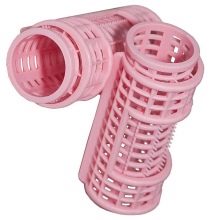

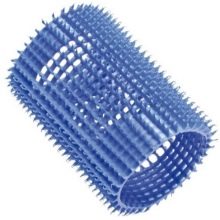
The size of curls directly depends on the diameter and size of the curlers themselves. And also during curling, it is advised to pull the curls and try not to crush their ends.
Clamps
Clips, hairpins or ducks are used to divide and fasten curls when creating multilayer haircuts and styling. Most studs are made in neutral shades. These tools can be combined, or created from metals and polymers.
Such tools can also be defined in 3 separate groups.
- Rigid studs and clamps are predominantly metallic and can be either straight or wavy. Usually they are used to fix curls and to create a natural volume.
- Thin studs ideal for fixing curls and the ends of strands in complex styling. A miniature shape and neutral colors make such clips absolutely invisible in the hairstyle.
- Section clamps are long devices that are needed to fix the hair during the procedure directly styling hair.
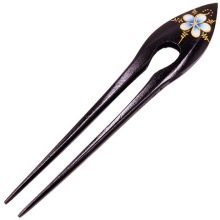
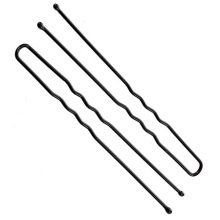

Disinfectants
The main function of such products is the sterilization of hairdressing supplies. They allow you to eliminate germs and harmful substances from the surface of tools.
- Chloramine (0.5% solution) It is a crystalline substance of a light shade with a faint smell of chlorine, which is highly soluble in water. Synthetic-based instruments are usually sterilized with this substance. The solution itself is stored in a tightly closed jar.
- Formalin It is used in the processing of exclusively new tools, as it has a characteristic pungent odor. In instrument sterilization, a formalin solution of 4% is used.
- Ethanol - A popular but not particularly practical disinfectant. It has an excellent sterilizing effect, but it quickly erodes and loses strength, which directly affects the effectiveness of disinfection.Ethyl alcohol must be filtered and replaced every day at least once every 3 days.
- Carbolic acid (phenol) It is used rarely in hairdressing salons, as it leads to gradual corrosion of metal elements. For disinfecting metal razors and scissors, it is precisely 5% phenol solution that is used.
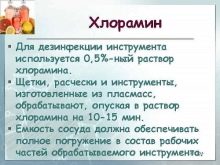
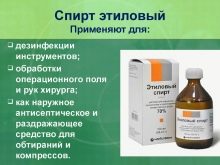
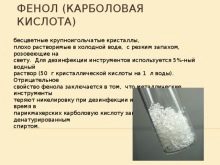
What else might you need?
In addition to these professional hair treatment accessories, Every universal hairdresser should be able to use the following devices:
- coloring accessories - gloves, foil, peignoir, brushes, paints, dilution bowls, measuring glasses, oxygenants;
- hair cutting tools (usually used in men's haircuts) - electronic cars and razors;
- improvised tools to facilitate the cutting process: holster or belt for quick access devices; organizer for the orderly storage of key elements of the haircut; stand for scissors and combs; water sprayers to moisturize hair.
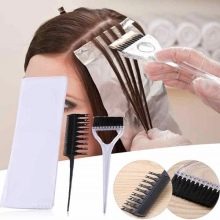
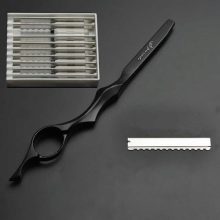
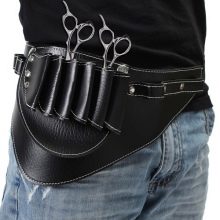
Manufacturers
Among the manufacturers of the best work accessories for both beginner hairdressers and amateurs, brands can be distinguished Mustang, Galser and Hitek Group. But among the best manufacturers of professional hair dryers, pans and tongs, brands stand out BaByliss, TEK, Valera, Wik, Tecnoelettra, Parlux, as well as Sibel.
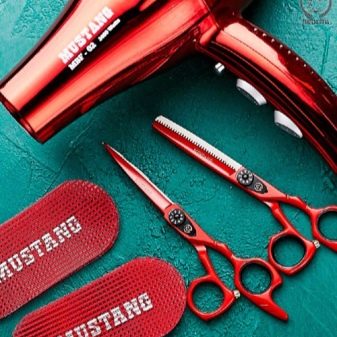
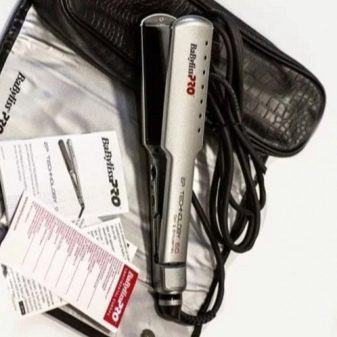
How to choose?
Below, we will consider the main factors in choosing key tools for cutting and styling hair.
- Scissors. When choosing these tools, you need to pay attention to 3 points: the hardness and grade of steel, the length of the blade, as well as the tightness of the canvases to each other. The harder and better the steel in the scissors, the slower they will go dull. The smaller the gap between the sheets, the more effective they will be. Regarding the length of the paintings, it is better to stay on models with sizes from 5.5 to 6 inches - they are universal.
It is important that these tools are treated with a special anti-corrosion coating.
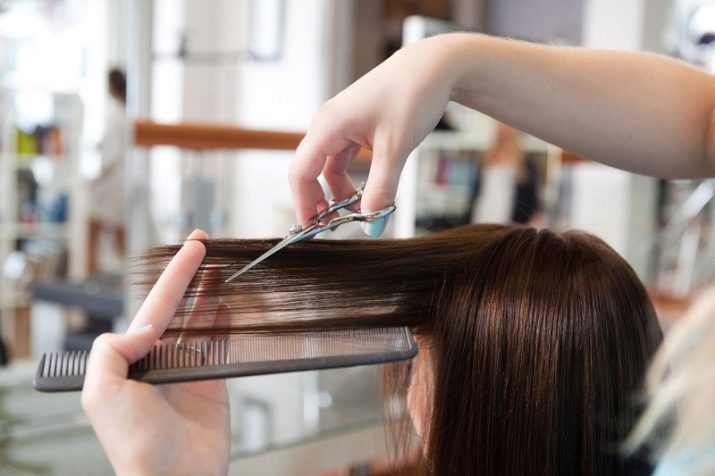
- Hair clippers. When choosing this tool, pay attention to the type and power of the engine, as well as the possibility of replacing knives and the presence of a mechanism for adjusting the cut level. Experts recommend buying rotary or battery machines with a power of 10 to 15 watts. Vibrational models should be discarded.
And also pay attention to the length of the power cord - it must be at least 2.5 m.
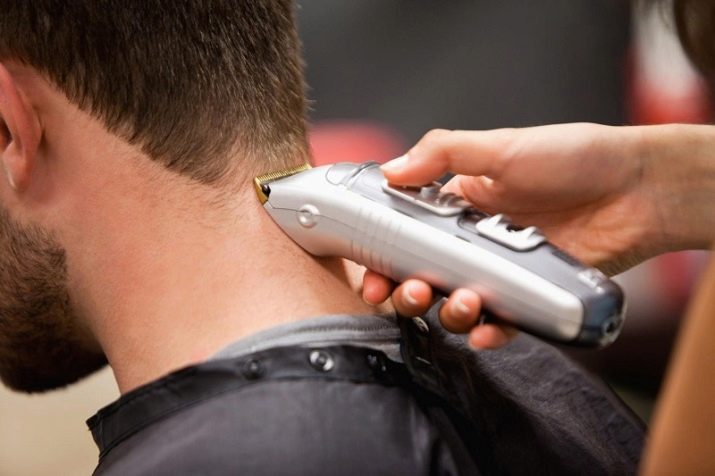
- Hair dryers. Power (should be at least 1800 W), cord length (at least 2.5 m), the presence of several speed modes, temperature levels and a cold air supply mode are important here.

- Hairbrush. Regardless of the type of comb, these tools should be well sanded, resistant to high temperatures, and also made from materials that are resistant to the chemical effects of elements and preparations used in styling and cutting hair.
In addition, combs should be fairly elastic so as not to damage the tangled curls during hard combing.
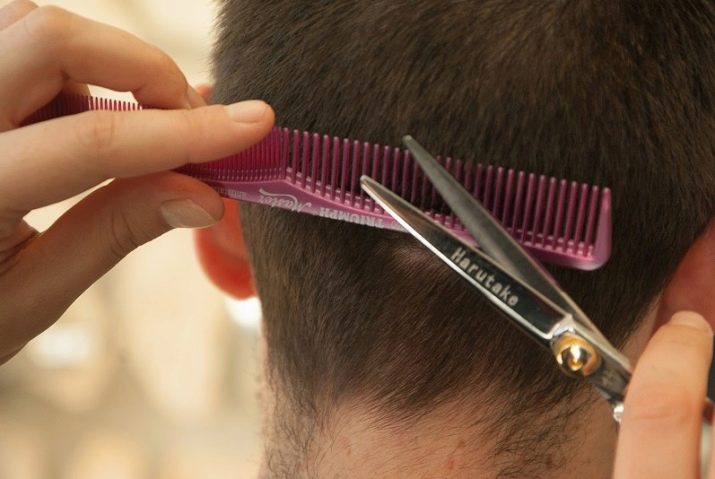
Sterilization features
Unfortunately, when styling hair, forming a haircut, or with the usual combing of curls, hairdresser's tools are gradually contaminated with particles of fat, dust or hair. To prevent these elements from causing irritation to the scalp, all hairdresser's working accessories need regular sterilization. Sterilization methods can be mechanical, thermal (boiling or burning) and chemical.
- Combs and brushes they are cleaned by hand, after which they are thoroughly washed with a soap solution, rinsed and aged in a disinfectant solution.
- To sterilize scissors, it is enough to treat the canvases with a regular napkin, after which they are also placed in a sterilizing solution (usually no more than 15 minutes). At least once a month, the fastening elements of the scissors must be treated with special oil solutions.
- Razors they are most effectively cleaned under a stream of warm water or just a napkin, after which they are also placed in a disinfectant solution or replaced.
- Work surfaces of machines, like all metal accessories, you can disinfect with a glass or metal burner for alcohol. The plastic part of the machine is also processed using 0.5% chloramine.
- Tools in the form of clamps, studs and curlers cleaned by hand and washed with soapy water.
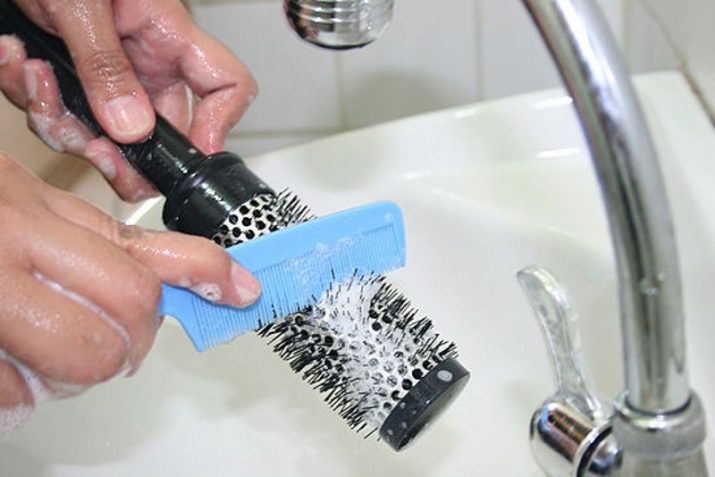
About how to choose the right scissors for a hairdresser, you can find out below.
